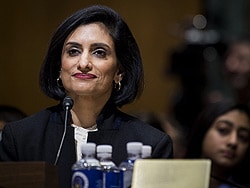ARE SOCIAL MEDIA SAVVY PATIENTS THE BEST-KEPT CLINICAL TRIAL RECRUITING SECRET
PATIENT ADVOCATES AS THE VOICE FOR CLINICAL TRIALS
Patients know how to appeal to other patients. We know what concerns about enrollment are, because we’ve had them. We know the barriers to enrolling, because we’ve faced them. Perhaps most importantly, we know what myths about clinical trials still exist, and can work from the inside out to get rid of them. These myths – that clinical trials are a last resort, that they’re not safe, or that they’re only for certain age groups – are preventing patients from receiving the most forward-thinking treatment available. Patients have a personal incentive to recruit patients to join clinical trials. The more patients who join clinical trials, the potentially faster that drug might come to market as a treatment option for their community. Thus, patients just might be the best-kept clinical trial-recruiting secret.
Cancer communities are forces to be reckoned with, both on social media and offline. Our respective tweet chats, local meet-ups, poster presentations at international conferences about patient reported outcomes, and at times even our own research studies speak to the credibility of our community reach and knowledge.
On Twitter, for example, the #BCSM (Breast Cancer Social Media), #BTSM (Brain Tumor Social Media), and #LCSM (Lung Cancer Social Media) communities share hundreds, if not thousands of tweets and articles related to cancer care each day. Searching through these hashtags turns up journal articles, recent press headlines, organized chats, personal questions and experiences. It’s as simple as a tweet, really.
Searching for a clinical trial used to only be possible by patients Googling for answers or their physician presenting options in the clinic. Now, patients are flipping the script and searching through Twitter to find information from each other.
Let us not forget Facebook, or Google + and Instagram. All these social platforms provide a . huge network for disseminating information.
Are social media savvy patients the best-kept clinical trial recruiting secret? | Cure Forward
















